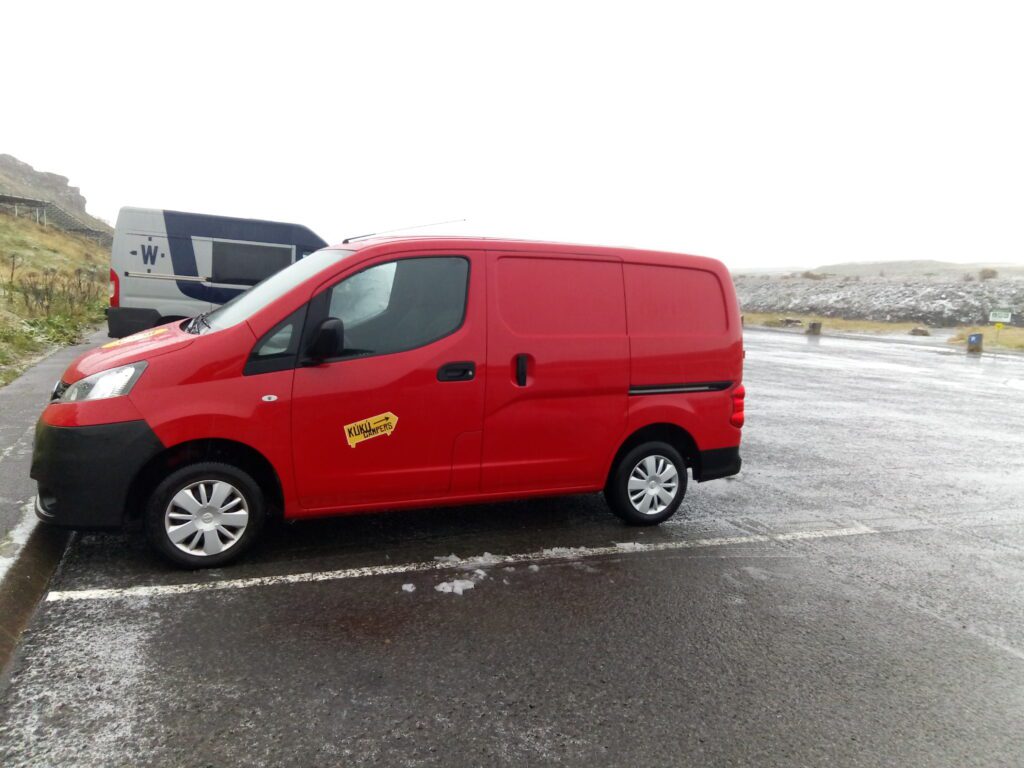Book now
Reykjavik is the capital and largest city of Iceland. It has a rich history and culture that is closely tied to the island nation’s Viking heritage and unique natural landscapes.
It was founded in 874 AD by Norse settlers, and it has played a significant role in Iceland’s political and economic development throughout the centuries. Reykjavik has a vibrant cultural scene, with numerous museums, galleries, and festivals that showcase Iceland’s art, music, and literature.
The city is also known for its hot springs and geothermal pools, which are a popular tourist attraction. Additionally, Reykjavik is home to many historic buildings and landmarks, such as the Hallgrimskirkja church and the old town of Reykjavik, which is a UNESCO World Heritage Site.
articles

10 must-see attractions for visitors in Reykjavik
Reykjavik is the capital and largest city of Iceland. It has a rich history and culture…


The Blue Lagoon, Iceland’s Iconic Geothermal Spa
The Blue Lagoon is a world-renowned geothermal spa situated in …


The Golden Circle: Iceland’s Crown Jewel of Natural Wonders
Iceland’s Golden Circle is a popular tourist route that takes visitors through some of the…


Do’s and don’ts while in Iceland
Knowing the do’s and don’ts in Iceland can help ensure a safe and enjoyable trip…


10 most beautiful waterfalls in Iceland
Iceland is renowned for its magnificent waterfalls, which showcase this Nordic…


Capturing the Northern Lights in Iceland
The Northern Lights are a mesmerizing display of natural lights that occur near the Earth’s polar regions.


Iceland ring road in 10 days
The Iceland Ring Road, also known as Route 1, is a popular road trip route that circles around the entire island of Iceland….


Vatnajökull National Park and Diamond Beach
Vatnajökull National Park is a breathtaking natural wonder located in southeastern…


Driving in Iceland
Driving in Iceland provides a unique experience, allowing visitors to explore the country’s breathtaking landscapes…


Renting a campervan in Iceland
Renting a campervan in Iceland, from choosing the right vehicle to planning your itinerary and experiencing the country…
Things to do in Reykjavik
Where to stay in Reykjavik
Booking.comThis article may contain affiliate links. This means that we receive a small commission when you book something via these links. Of course, this does not cost you anything extra. Did our tips help you? We would love it if you book your trip via the links in the article above. Thank you so much.
FAQ
People also visit: Vik
More about Iceland
- 10 must-see attractions for visitors in Reykjavik
- The Golden Circle: Iceland’s Crown Jewel of Natural Wonders
- Do’s and don’ts while in Iceland
- 10 most beautiful waterfalls in Iceland
- The Blue Lagoon, Iceland’s Iconic Geothermal Spa
- Capturing the Northern Lights in Iceland
- Iceland ring road in 10 days
- Vatnajökull National Park and Diamond Beach
- Driving in Iceland
- Renting a campervan in Iceland